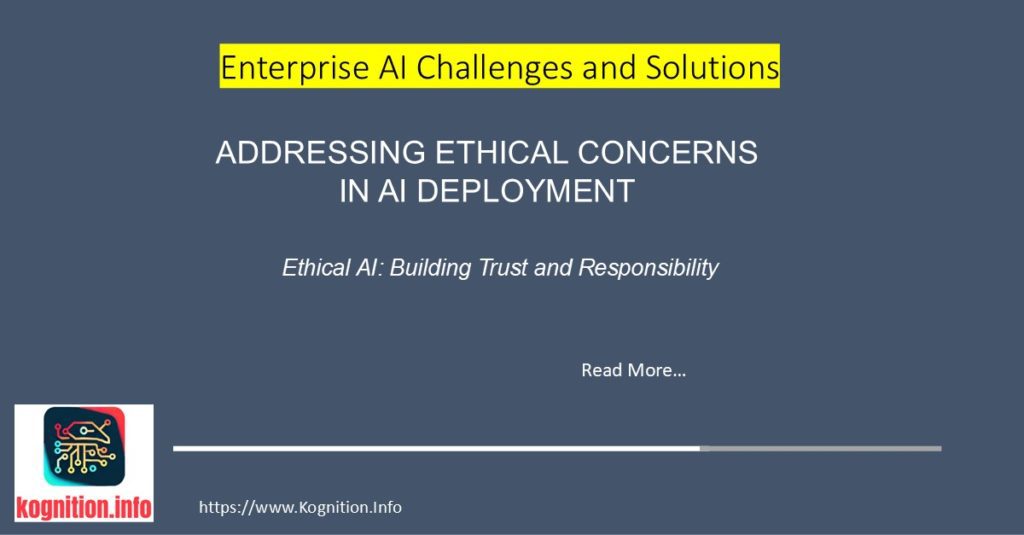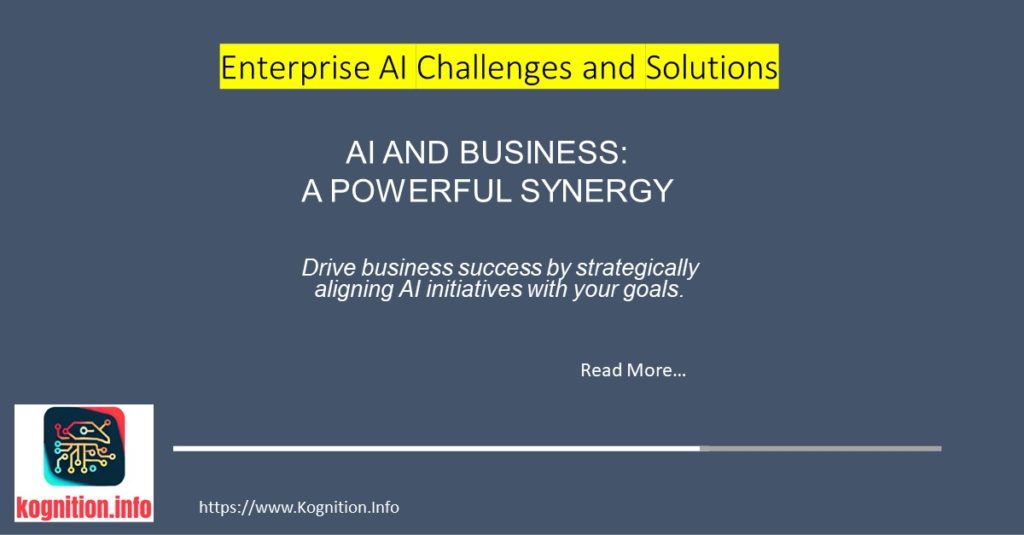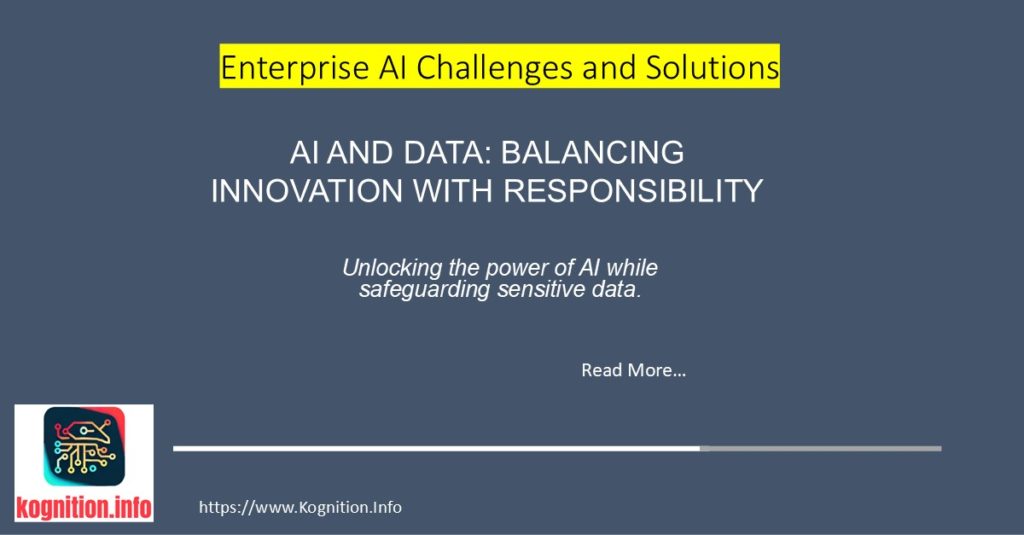The Augmented Workforce: Measuring AI’s True Productivity Impact Don’t Just Count Tasks—Capture Transformation. Despite massive investments in AI for workforce productivity, most organizations struggle to measure the resulting impact accurately. While 83% of enterprises have implemented AI tools to enhance employee effectiveness, only 28% report having robust frameworks for measuring productivity changes. This measurement gap…



